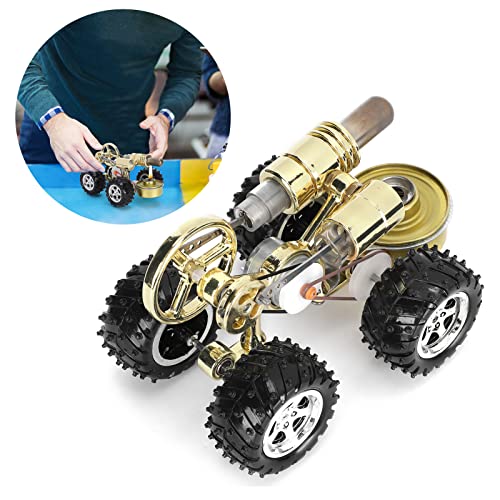Just one salutary lesson, from a clockmaker who built 9 cylinder radials, etc.
He regretted not dong more to improve longevity of his engines, as after just a dozen demo runs, they would lose compression and never run again... He felt that although they were beautiful ornaments, they were "failures" in that they needed new pistons, rings, bores, valves and seats after very short lifetimes. - Just a few 5 minute runs! I have an ICE marine diesel (for a boat) that never made it into the boat because it ran once, then lost compression. New piston, new head for Glow instead of compression ignition, and that ran once before it lost compression. Tolerances were too fine for the Running-in to still have a usable engine. Despite surfaces being polished and carefully handled, etc.
I later found out from a shop that he sold aero engines that had short lives, but he sold replacement pistons and cylinders, so the users could re-build the engines and get more flights ... Typically 10 flights wore the engine out!
But "buying" cylinders and pistons - or even making replacements - is not on my agenda. I'll stick to durable designs, so I can continue to dust-off an old engine from the "shelf of boxes", to demonstrate at the next show...
K2














![DreamPlan Home Design and Landscaping Software Free for Windows [PC Download]](https://m.media-amazon.com/images/I/51kvZH2dVLL._SL500_.jpg)




















![MeshMagic 3D Free 3D Modeling Software [Download]](https://m.media-amazon.com/images/I/B1U+p8ewjGS._SL500_.png)



























